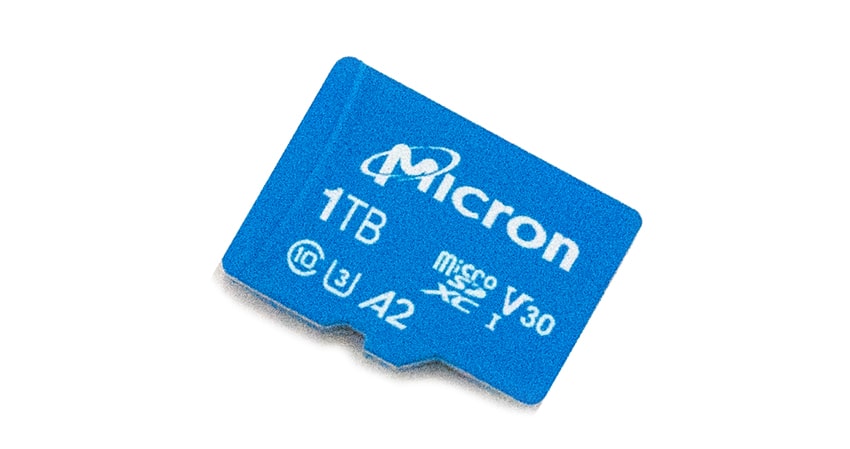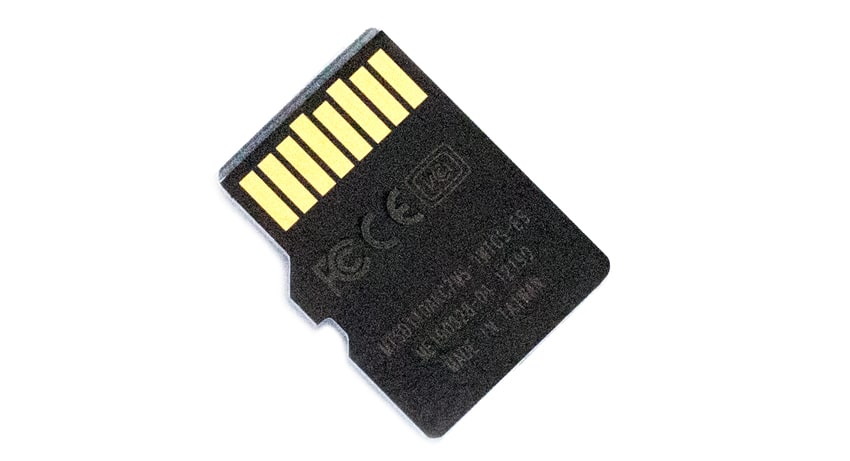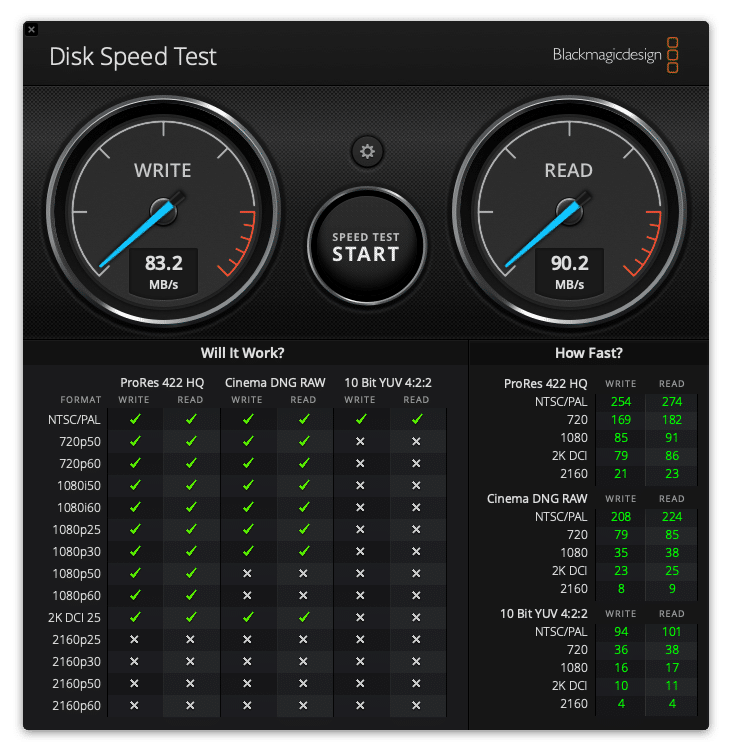
The Micron c200 microSDXC UHS-I card is dubbed the world’s highest-capacity microSD card at an impressive 1TB (though that makes it tie between other cards like the 1TB SanDisk Extreme). With Micron’s 96-layer, quad-level cell (QLC) 3D NAND and a UHS Speed Class 3 and Video Speed Class 30 ratings, the c200 is designed for 4K HDR video capture/playback use cases inside cameras and high-end tablets and Android mobile phones.

Micron also indicates that the c200 is also ideal for those who need speedy file transfers; it is quoted with 100MB/s reads and 95MB/s writes in sequential performance while claiming 4,000 IOPS reads and 2,000 IOPS writes in random performance. Though we’ve seen other cards with better performance, this is more than enough speed for most people, especially at this cost/capacity point. Micron indicates that write acceleration is attained through dynamic SLC cache and intelligent maintenance during idle time for sustained peak performance.
The Micron c200 microSDXC comes in a range of capacities including 128GB, 256GB, 500GB and 1TB.
Micron c200 microSDXC Specifications
| Form Factor (Dimensions) |
microSDXC UHS-I (15mm x 11mm x 1mm) |
| Capacity |
128GB to 1TB |
| Temperature Range |
Operating: –25°C to 85°C |
| Speed Class | Class 10, U3 |
| Application Performance Class | A2 |
| Video Speed Class | V30 |
| Sequential (Burst) Performance |
Reads: Up to 100 MB/s |
|
Random Performance |
Reads: 4000 IOPS |
Micron c200 microSDXC Card Performance
In this review, we will compare the 1TB Micron c200 microSDXC UHS-I card with the following:
Using our Lenovo ThinkStation P920 Workstation Consumer Testing Platform, we measured 2MB sequential transfer speeds from the Micron with 92.4MB/s read and 86MB/s write, close to the quoted speeds. The 1TB SanDisk showed top results of 160.13MB/s read and 100.93MB/s write, while the Samsung posted 92.15MB/s read and 84.62MB/s write. The Adata measured on the lower end with sequential read speeds of 60.6MB/s and sequential writes of 33.41MB/s.
When comparing random large-block transfers, the Micron cc200 card showed a solid 88.8MB/s read and 83.2MB/s write. In comparison, the SanDisk reached 113.89MB/s read and 60.29MB/s write, while the Samsung posted 85.73MB/s in read and only 1.16MB/s write. The Adata card was able to reach 50.58MB/s read and 29.81MB/s write.
For Random 4k transfers, the Micron card hit an impressive 2,154.5 IOPS read 1,158 IOPS write. The SanDisk measured 1,215.85 IOPS read and 560.72 IOPS write, while the Samsung posted 1,480 IOPS read and 420 IOPS write. Here, the Adata performed well, hitting speeds of 2,971 IOPS read and 1,190 IOPS write
We also put the card through the Blackmagic disk speed test using a current generation MacBook Air, which showed 90.2MB/s read and 83.2MB/s. The SanDisk card posted 156.3MB/s read and 99.2MB/s write while the 512GB Samsung was able to hit 90.3MB/s read and 77.8MB/s.
Conclusion
Micron c200 microSDXC card is available in capacities up to a massive 1TB and is designed to significantly increase available storage of Android smartphones and to handle 4K HDR video capture/playback. Micron quotes above-par performance with 100MB/s reads and 95MB/s writes in sequential transfer speeds and 4,000 IOPS reads and 2,000 IOPS writes in random transfer speeds.
Diving into the results of our transfer tests, the Micron microSD card was a solid performer even though it didn’t quite reach its quoted numbers. For sequential speeds, it posted 92.4MB/s read and 86MB/s write, which was bested by the SanDisk’s 160.13MB/s read and 100.93MB/s write. Random 2MB speeds hit a solid 88.8MB/s read and 83.2MB/s write, while 4K speeds reached 2,154.5 IOPS read 1,158 IOPS write, the latter which ranked at the top of the leaderboard despite missing Micron’s quoted speeds again.
The Micron brand has been absent from the microSD card space for a while, after selling their Lexar arm almost two years ago. For its part, the c200 is well worth the return to the market, bringing capacity, affordability and performance to a space that can generally only delivers on one or two of those pillars. Even more impressive is they're doing this with QLC NAND, which has had a somewhat bumpy start in SSDs. In the c200 however, the results are very strong, making this card an excellent well-rounded offering.
Sign up for the StorageReview newsletter


